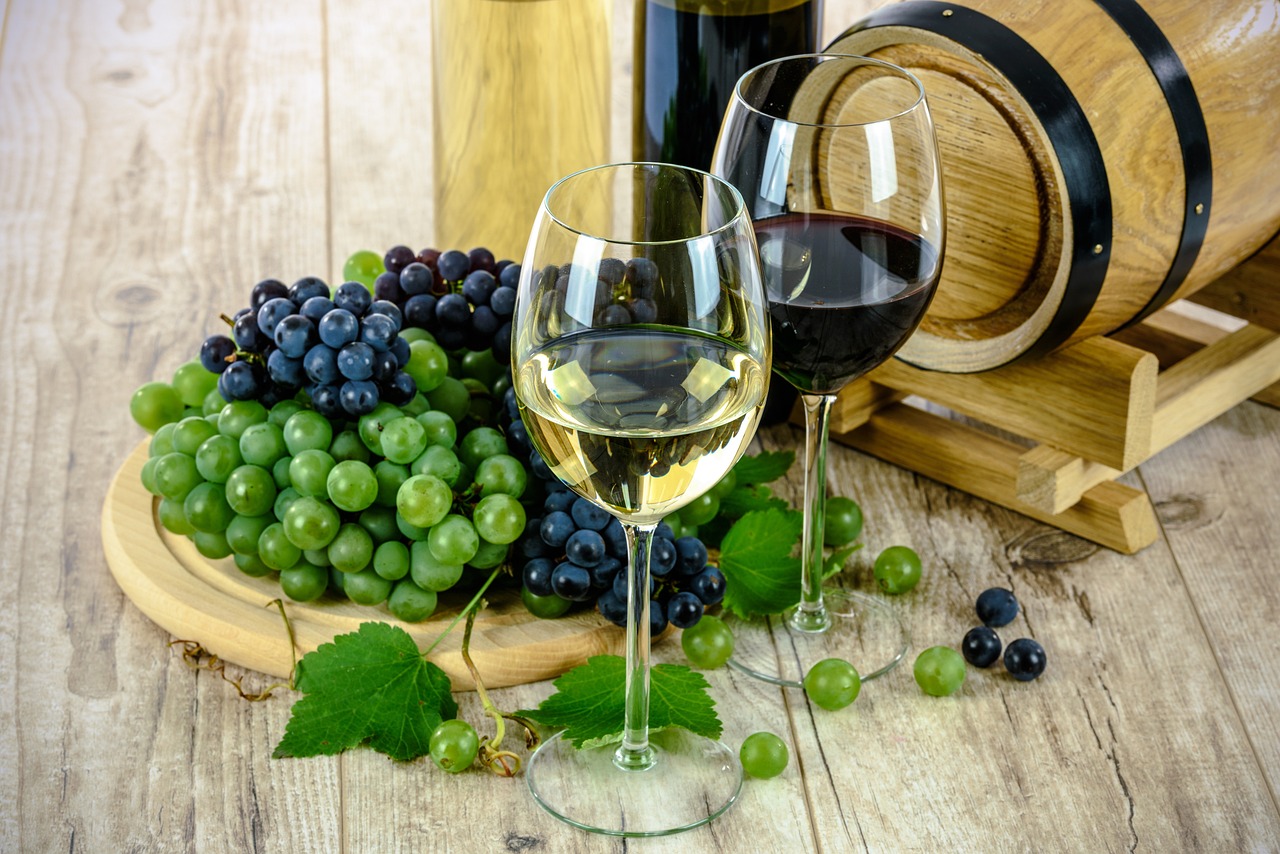The growth and recognition of wine regions often hinge on their success with specific grape varieties or distinctive styles that capture global attention. Established regions have carved out identities tied to signature grapes like Napa Valley’s Cabernet or Marlborough’s Sauvignon Blanc. However, emerging regions face a different challenge in finding their own wine identity, especially with varietal diversity. Identifying a dominant grape takes time, understanding the land, and its unique strengths and limitations. Virginia, situated in the US east, is still navigating its path to establish a dominant grape variety.
Linden Vineyards, rooted in Virginia’s rocky terrains since 1985, reflects this challenge. Owner Jim Law, with over 40 years in Virginia’s wine industry, has steered Linden towards international recognition, particularly with its Chardonnay. This success underscores the difficulty of creating fine wine in an emerging region. Law’s mentorship of the next generation of winemakers and his efforts in collaborating with agricultural researchers for pest management solutions have further contributed to the region’s growth.
Linden’s prized Chardonnay, the Hardscrabble, sourced from vines planted in 1985, benefits from the site’s cooler eastern-facing slopes and well-drained soils. This, combined with Law’s winemaking approach emphasizing structure, has positioned Linden’s Chardonnay among the world’s best. Yet, for an emerging region like Virginia, achieving success with a globally popular grape like Chardonnay presents its challenges.
Winemaker Ben Jordan’s tenure at Early Mountain Vineyards showcased his finesse in crafting sophisticated Chardonnays. While the 2017 vintage from Quaker Run Vineyard stands as a testament to his skill, Jordan has since shifted focus. Now, at Common Wealth Crush in Virginia’s Shenandoah Valley, he mentors newer winemakers and explores experimental styles with reduced risks.
Jordan’s approach incorporates lesser-known grapes like Petit Manseng, traditionally prominent in southwest France’s sweet wines. Blending it with more recognized varieties elevates the energy and freshness of the wines, even in some reds. Hybrid grapes, resilient to Virginia’s climate variations, are also part of his experimentation. His Lightwell Survey wines blend vinifera, hybrids, and Petit Manseng, showcasing flavorful and mineral-driven profiles.
Lee Campbell, a wine expert from New York, joined Common Wealth Crush, inspiring new brands through collaborative efforts. This cooperative winery fosters experimentation and innovation, offering a platform for emerging winemakers to create distinctive blends, fruit wines, and hybrids. These creations, free from comparisons with traditional grapes, pave the way for a new legacy in American wine.
The Jordan brothers, continuing their passion for Chardonnay through Midland Wines, exemplify the evolving landscape of Virginia’s winemaking. While the classic wines from Linden and Early Mountain continue to define quality, the newer generation aims to shape Virginia’s wine future. As they forge ahead, Virginia’s wine industry continues to blend tradition with innovation, showcasing a promising evolution in the world of wine.
